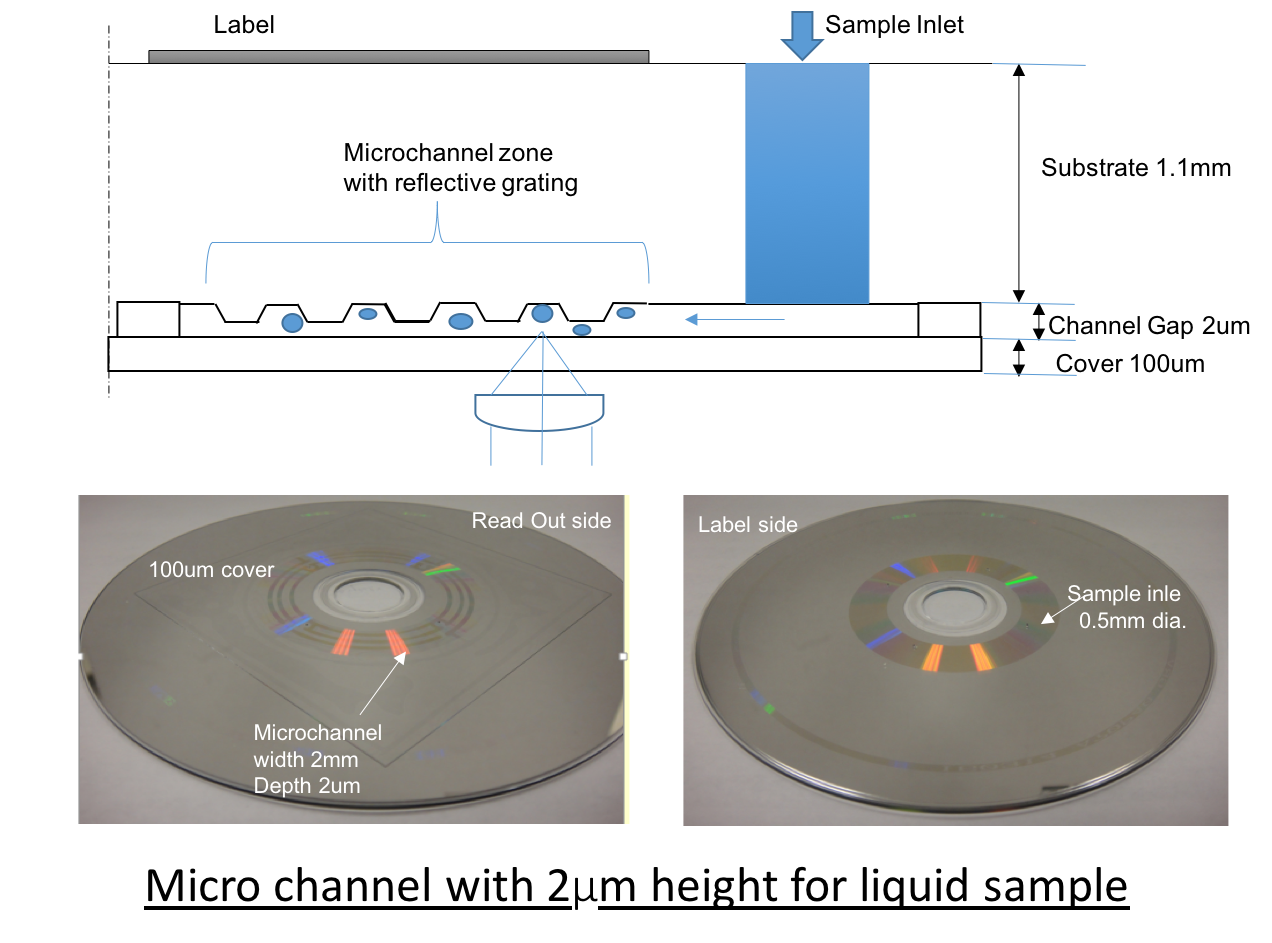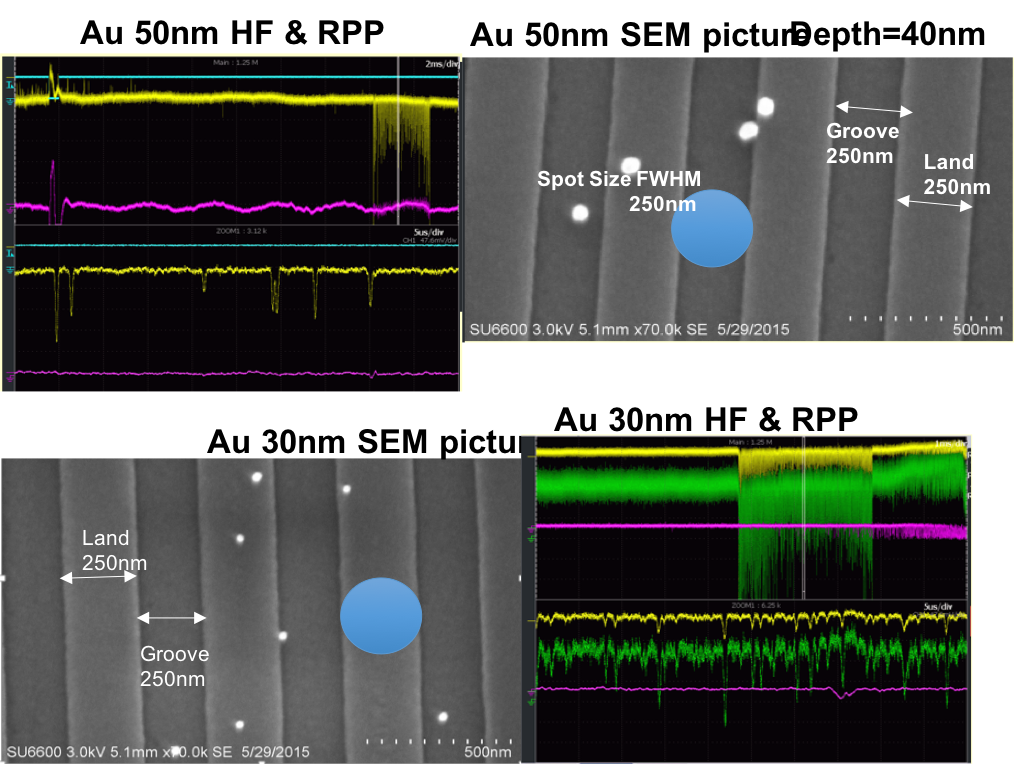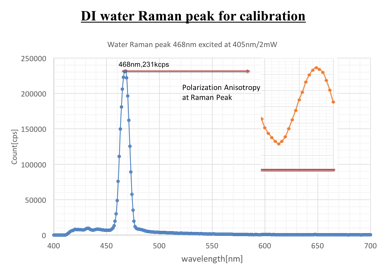CellTient’s technology is based on the well-known Sony PlayStation disc drive and the common Blu-ray disc

Microparticles detection is the hot topic for intercellular analysis and clinical diagnostics. It is technically challenging to evaluate particles smaller than 100nm accurately. There are several way to analyze microparticles; electron microscopy, Brownian motion analysis and attempts at using flow cytometry based on Mie scattering. We have pioneered a new approach which we have termed “Optical Phase Detection” (OPD) using a very small scanning laser beam to measure liquid phase nanoparticles. Phase detection is based on optical storage principles since optical drives can respond to dimensions in the 10nm range. This transformational approach takes advantage of the 30 year history of development in the optical disc industry and has potential for Point-of-Care monitoring because of mass production at low cost.
OPD Technology

OPD technology is based on the Blu-ray Disc platform which can obtain the highest spatial resolution and phase sensitivity. Wavelength 405nm and NA0.85 optics can provide 250nm(FWHM) or 390nm (1/e2) spot size on the focus plane with 0.35mW. A custom molded substrate has Al coated Land & Groove structure with depth λ/8n (40nm) and pitch 500nm for matching particle size. Preliminary experiments were performed with dried particle droplet covered with 0.1mm thickness film. Gold and polymer particles were evaluated. Gold 100nm particles showed clear pulse signals with 30% modulation amplitude and particles as small as 30 nm showed excellent results as shown in fig 1
New technology developed
The discs

S/N limit data suggested a potential for 10nm resolution which showed good coincidence with theoretical simulations. In this configuration, the laser beam illuminates individual particle at appropriate concentration. The next challenge was to evaluate particle in a liquid environment. This required a significant technology development step from two dimensional plane to three dimensional distribution requiring 2µm gap micro channel to be formed on a phase grating surface and sealed by 100µm cover glass with a 500 µm diameter sample inlet made in 1.1mm polymer supporting substrate. We confirmed the sample liquid filled the micron-gap well by capillary action of functional channel design. Gold 100nm particle in water showed similar modulation amplitude, and spatial resolution was confirmed for k-dominant particle like gold (fig 2). Further challenges are necessary to improve microchannel quality and S/N ratio due to smaller refractive index difference of transparent biological particles and medium.
Detection of small particles

OPD is a new technology for evaluation of microparticles. We developed 2µm gap microchannel with 100µm cover demonstrating promising pulse waveform for gold 100nmparticle. There are still future challenges such as the crucial issue of detection of the limited number of fluorescence photons from microparticles under background noise which we are now addressing. When this is achieved, phase detection technology will provide a revolutionary next generation low cost, but high resolution measurement platform for microparticles in the clinical & industrial environment.
